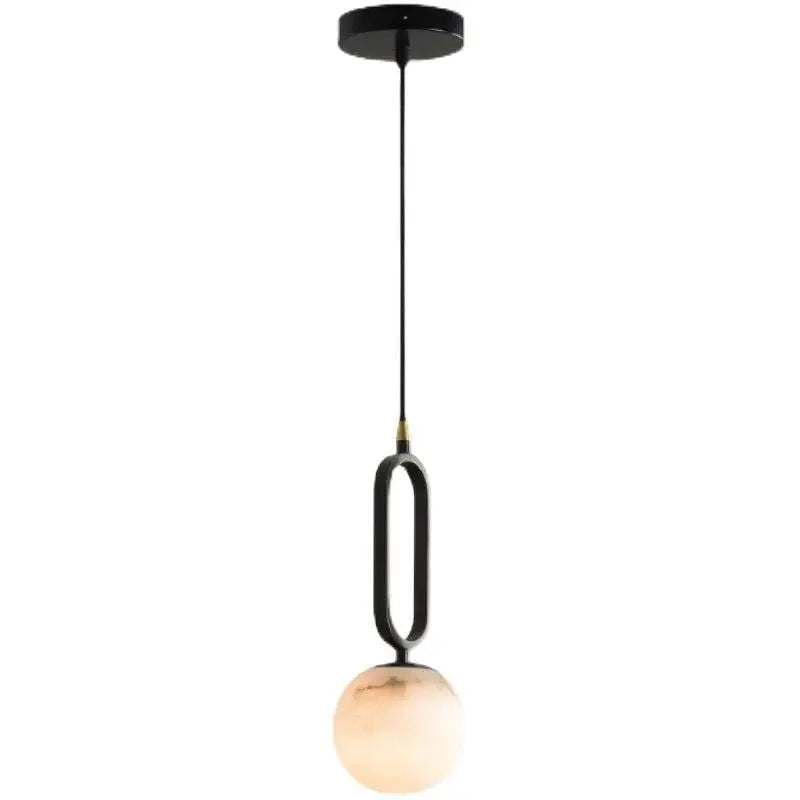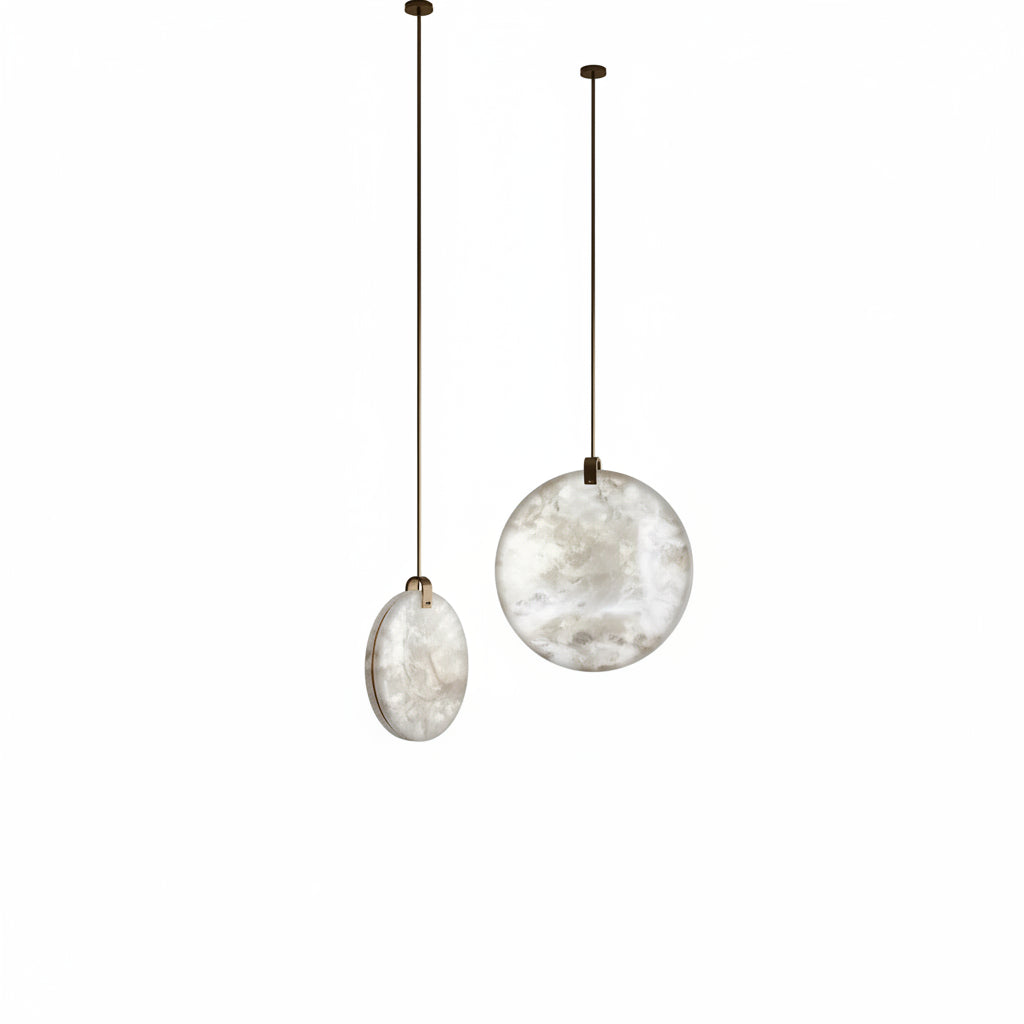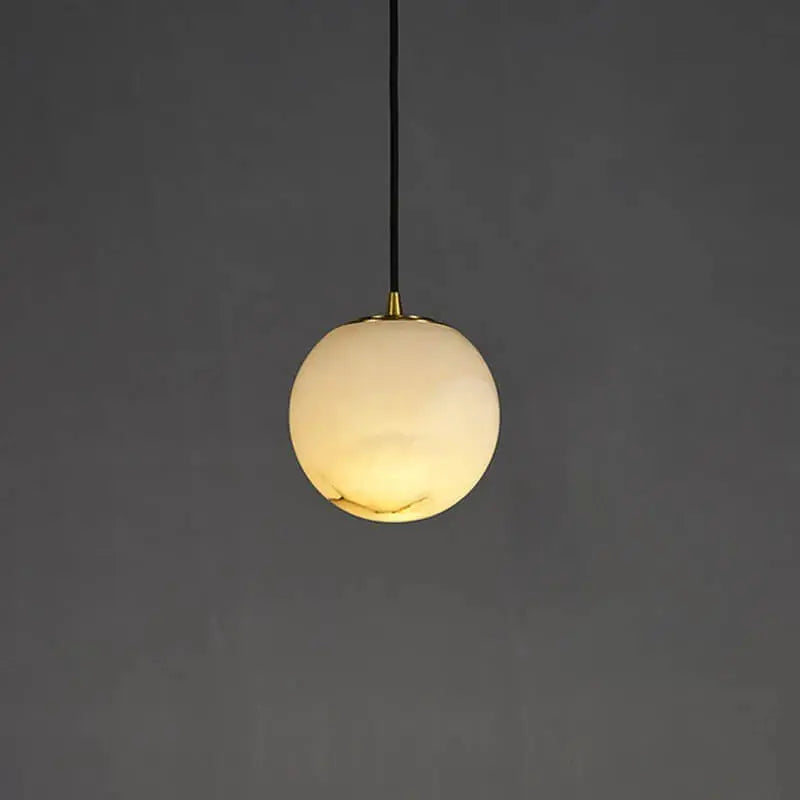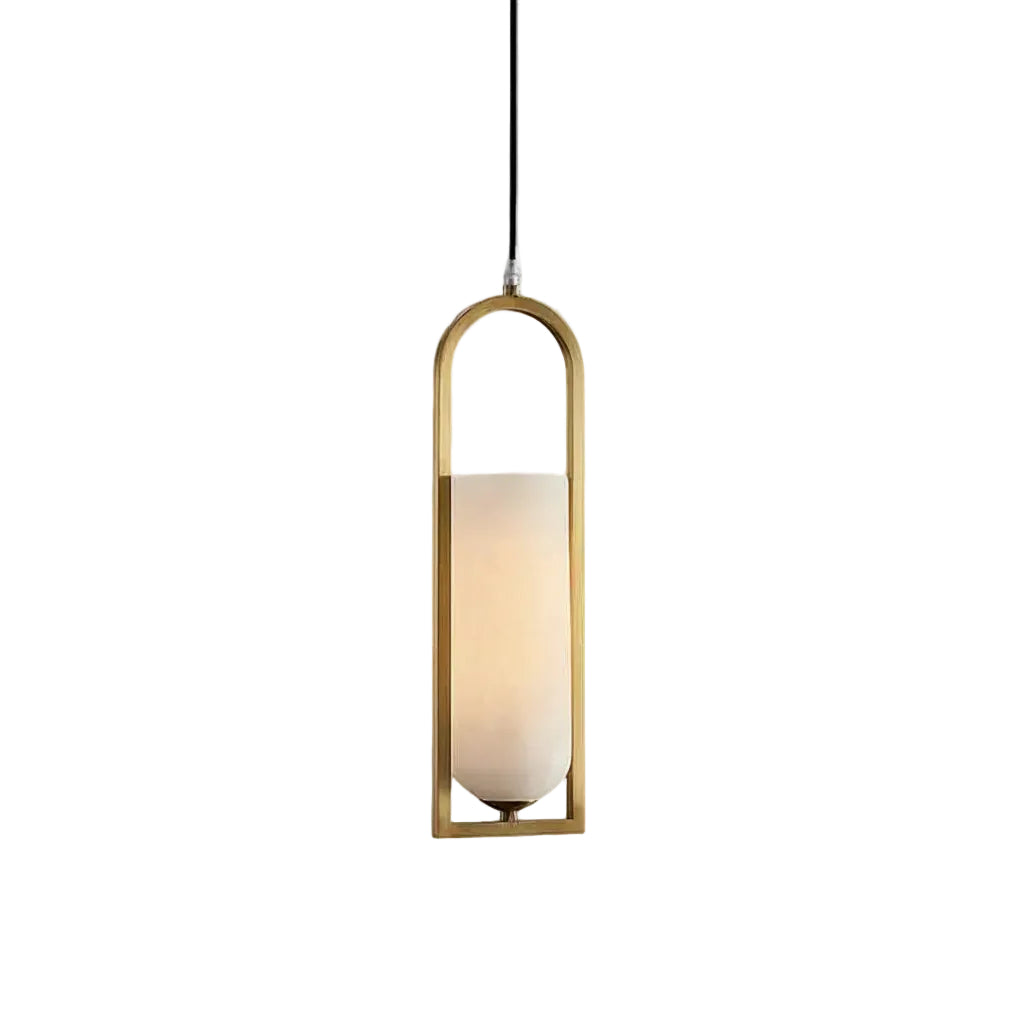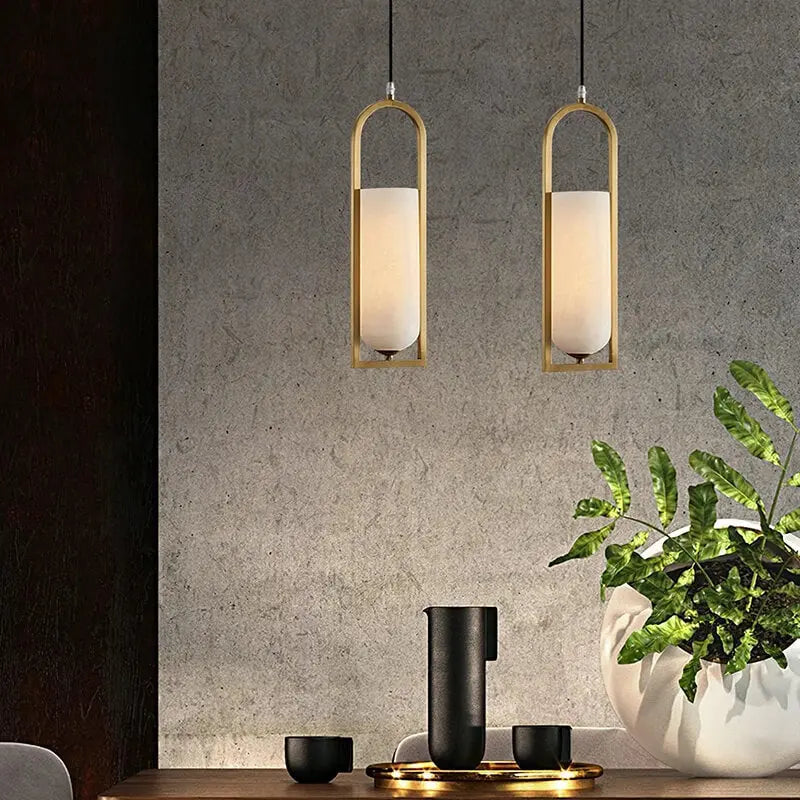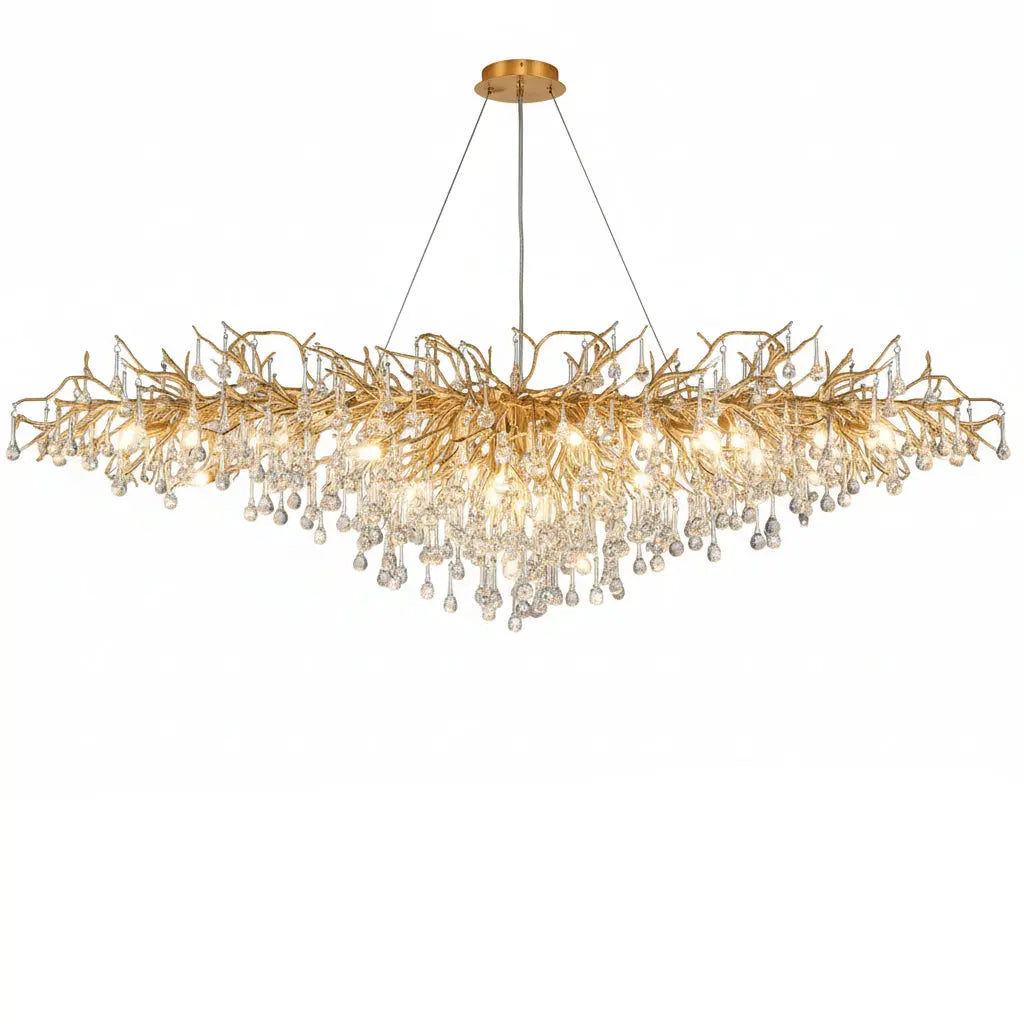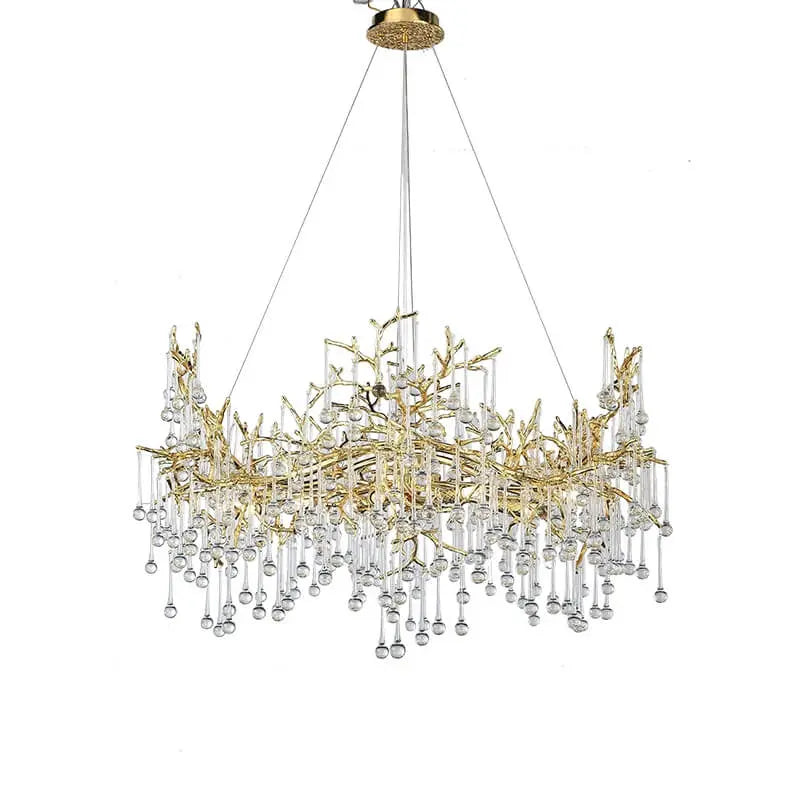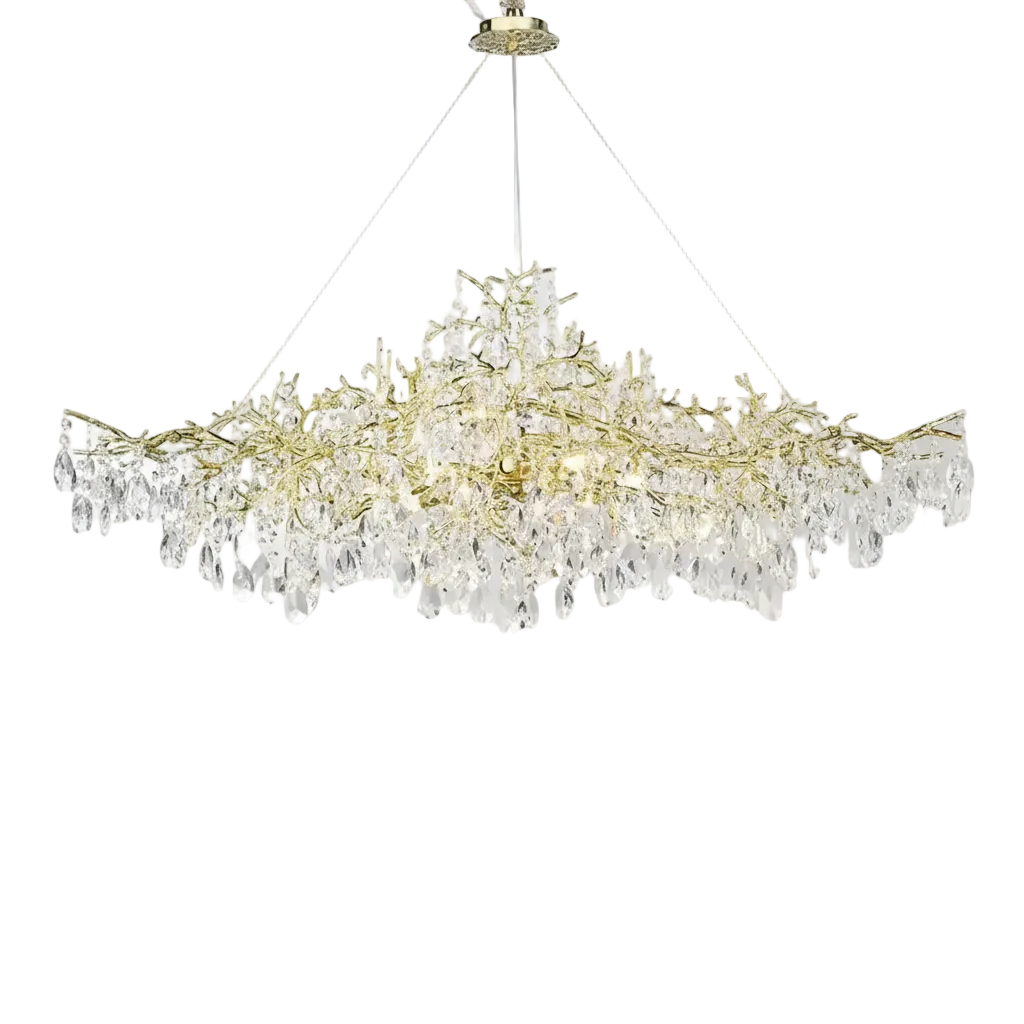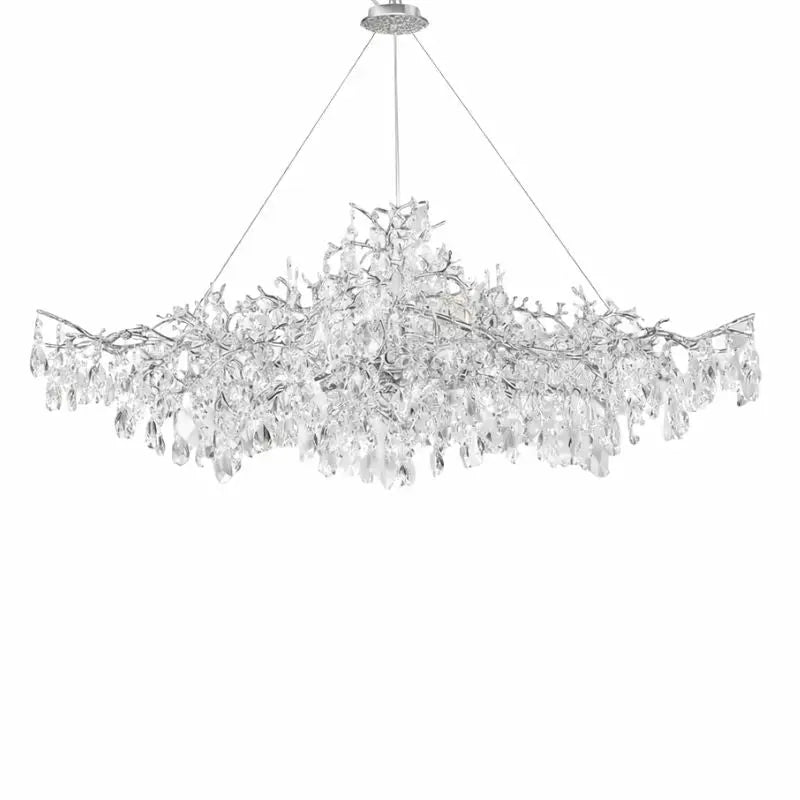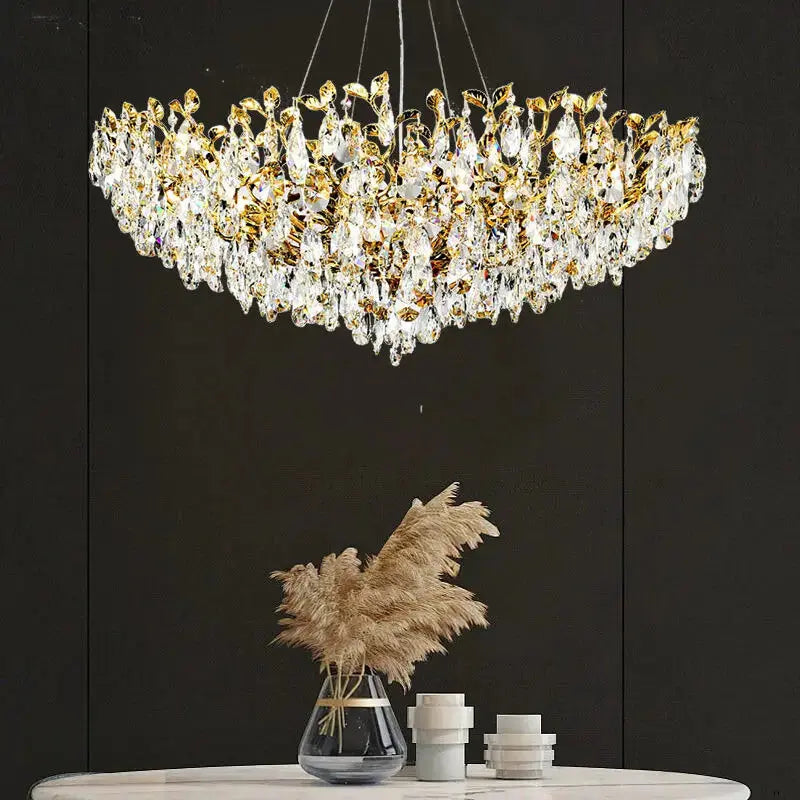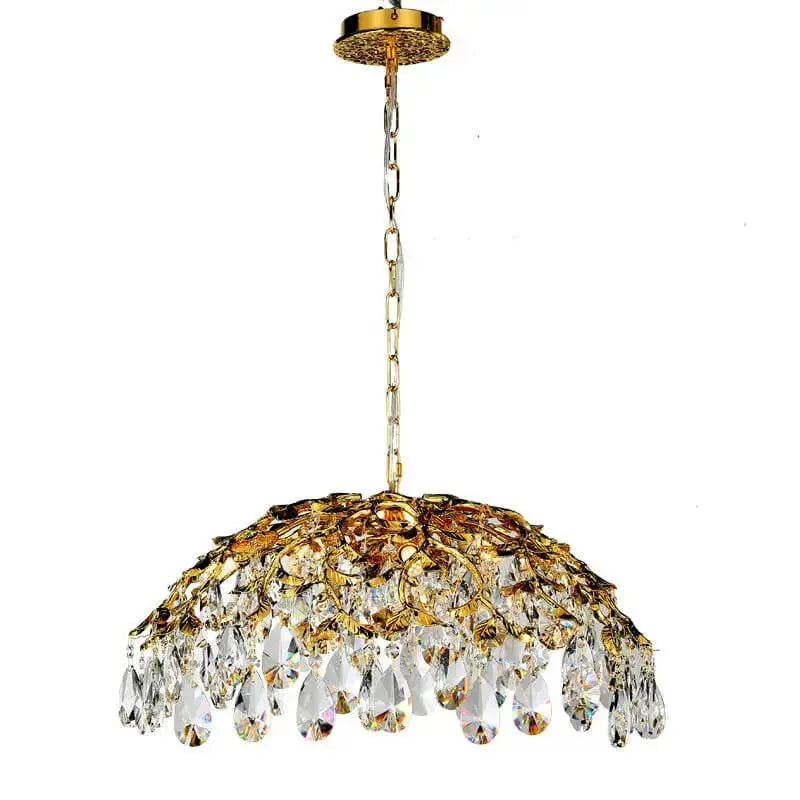Keeping your bathroom free from mold and mildew is important for both your health and the longevity of your home. Proper ventilation can make a big difference in preventing these unwanted guests. Here are some simple tips to help you improve your bathroom's ventilation and keep mold and mildew at bay.
Key Takeaways
- Install exhaust fans to remove moist air from the bathroom.
- Use dehumidifiers to reduce excess moisture in the air.
- Open windows to let fresh air circulate.
- Squeegee your shower walls to remove water after use.
- Fix leaks and seal plumbing to prevent moisture buildup.
1. Exhaust Fans
An exhaust fan is essential in a bathroom. The vents of an exhaust fan work by sucking the moisture out of the air and sending it outside. It's the first line of defense against moisture and mold.
Choosing the Right Fan
To select the right fan for your needs, consider the size of your bathroom, the amount of moisture produced, and the type of fan ventilation you want. You may also want to consider the noise level of the fan, as well as the energy efficiency of the model.
Installation Tips
- Install the fan and connect it to the ductwork. This is a job best left to professionals.
- Make sure the fan is vented to the outside, not just into the attic.
Running the Fan Properly
Run the fan during and after showers to remove moisture from the air. This helps prevent mold and mildew from forming.
For expert tips on decorating a small bathroom efficiently, maximize vertical space, use light colors, and compact fixtures. Incorporate multi-functional furniture and strategic mirrors for a stylish and functional space.
2. Dehumidifiers
A dehumidifier can be a game-changer in your bathroom. It helps to reduce moisture in the air, which is crucial for preventing mold and mildew. Simply plug it in and let it work its magic.
If you plan to keep a dehumidifier in your bathroom permanently, consider one with a pump. This allows you to tuck the drain line along the wall and into the bathtub, so you don't have to empty the tank constantly.
Humidity levels should stay between 30% and 50% to stop mold from growing. You can use a hygrometer to check the humidity levels in your bathroom. Running a dehumidifier during humid months can make a big difference.
Using a dehumidifier is a simple yet effective way to keep your bathroom dry and mold-free.
3. Windows
Windows play a crucial role in bathroom ventilation. Opening windows during and after showers can help reduce moisture levels. This simple action allows fresh air to circulate, which helps in drying out the bathroom more quickly.
Tips for Using Windows Effectively
- Open windows during and after showers to let out steam.
- Use window fans to enhance airflow.
- Clean windows regularly to prevent mold buildup on the frames.
- Consider installing windows with built-in vents for continuous ventilation.
Proper use of windows can significantly reduce the risk of mold and mildew in your bathroom. Make it a habit to open them whenever possible.
By following these tips, you can keep your bathroom well-ventilated and free from mold and mildew.
4. Shower Squeegees
Using a shower squeegee after every shower is a simple yet effective way to keep your bathroom dry and mold-free. Wiping down the shower walls and doors with a squeegee helps to remove excess water, reducing the chances of mold and mildew growth.
Here are some tips for using a shower squeegee effectively:
- Keep the squeegee within easy reach in your shower.
- Use it to wipe down all wet surfaces, including walls, doors, and even the floor if necessary.
- Make it a habit to squeegee after every shower to prevent water buildup.
A quick squeegee session can save you from the hassle of deep cleaning later on. It's a small task that makes a big difference in maintaining a clean and dry bathroom.
5. Grout
Grout plays a crucial role in keeping your bathroom tiles in place and preventing water from seeping into unwanted areas. Regular maintenance of grout can significantly reduce the risk of mold and mildew. Here are some tips to keep your grout in top shape:
- Reseal your grout: If your bathroom has a lot of tiles, consider resealing the grout every year. This helps prevent moisture from seeping into hairline cracks, which can create a perfect environment for hidden mold growth.
- Check for chips and cracks: Regularly inspect your tiles and grout for any chips or cracks. If you find any, repair them immediately to prevent water from leaking through to the subfloor or drywall behind your shower.
- Use mildew-inhibiting paint: Applying mildew-inhibiting paint can add an extra layer of protection against mold and mildew.
Keeping your grout well-maintained not only helps in preventing mold but also keeps your bathroom looking fresh and clean.
6. Insulation
Proper insulation in your bathroom is crucial to prevent mold and mildew. Insulation helps keep moisture levels in check by maintaining a consistent temperature. This reduces the chances of condensation forming on walls and ceilings.
To ensure your bathroom is well-insulated, consider the following tips:
- Use moisture-resistant insulation materials like foam board or spray foam.
- Make sure the insulation extends several inches from the exterior of your home.
- Check for any gaps or cracks and seal them properly.
Insulation not only helps in maintaining temperature but also in reducing energy costs. A well-insulated bathroom can make a significant difference in your home's overall energy efficiency.
If you have an older ventilation system, it might be worth having a professional check the ducts. Sometimes, ducts that twist and turn can have joints that loosen or come apart, which can impede their function. Properly insulated and short ducts are more effective in ventilating your bathroom.
7. Towels
Towels play a crucial role in keeping your bathroom free from mold and mildew. Always ensure your towels are completely dry before hanging them back up. Damp towels can be a breeding ground for mold, which can spread to other areas of your bathroom.
To keep your towels dry and fresh:
- Hang them up immediately after use.
- Use towel bars or hooks that allow air to circulate around the towel.
- Wash your towels at least once a week.
- Make sure to dry them thoroughly before using them again.
Regularly washing and drying your towels can make a big difference in maintaining a clean and healthy bathroom environment.
Don't forget to wipe down the hamper where you toss your dirty towels. It's a perfect spot for mold and mildew growth, which can lead to unpleasant odors.
8. Trash Cans
Keeping your bathroom clean and free of mold and mildew involves more than just scrubbing surfaces. One often overlooked item is the trash can. Here are some tips to ensure your trash can doesn't become a breeding ground for mold and mildew:
- Choose a trash can with a lid: This helps contain any moisture and odors, preventing them from spreading throughout the bathroom.
- Empty the trash can regularly: Don't let trash sit for too long, especially if it includes damp items like used tissues or wipes.
- Clean the trash can frequently: Wipe it down with a disinfectant to kill any mold spores that might be present.
- Use a liner: A liner can help keep the inside of the trash can dry and make it easier to clean.
Regular maintenance of your bathroom trash can is a simple yet effective way to avoid these bathroom lighting mistakes and keep your space fresh and clean.
9. Leak Detectors
Leaks in your bathroom can lead to serious mold and mildew problems. Fixing leaks immediately is crucial to prevent moisture buildup. Leak detectors can help you identify leaks early, saving you from costly repairs and health issues.
Benefits of Leak Detectors
- Early detection of leaks
- Prevention of mold and mildew
- Cost savings on repairs
- Improved health and safety
Types of Leak Detectors
- Water Leak Sensors: These devices alert you when they detect water in places it shouldn't be.
- Smart Leak Detectors: These connect to your smartphone, providing real-time alerts and monitoring.
- Automatic Shut-off Systems: These systems can automatically shut off the water supply when a leak is detected, preventing further damage.
Installing leak detectors is a proactive step in maintaining a healthy and mold-free bathroom environment. Don't wait for a leak to become a major problem; act now to protect your home and health.
10. Plumbing Seals
Plumbing seals are crucial in keeping your bathroom free from mold and mildew. Fixing leaks immediately is essential to prevent moisture buildup, which can lead to mold growth. If you notice any leaks or drips, address them right away or call a plumber if needed. Waiting can make the problem worse, especially if mold starts to grow.
To ensure your bathroom stays dry, regularly check and maintain the seals around your plumbing fixtures. This includes the areas around your sink, toilet, and bathtub. Properly sealed plumbing prevents water from seeping into unwanted areas, reducing the risk of mold and mildew.
- Inspect seals regularly
- Fix leaks immediately
- Call a plumber if necessary
Regular maintenance of plumbing seals can save you from costly repairs and health issues related to mold.
Plumbing seals are essential for preventing leaks and ensuring your plumbing system works smoothly. Whether you're fixing a leaky faucet or installing new pipes, having the right seals can make all the difference. For more tips and a wide range of plumbing products, visit our website today!
Conclusion
Keeping your bathroom free from mold and mildew is all about good ventilation and regular maintenance. By installing exhaust fans, opening windows, and using dehumidifiers, you can reduce the moisture that mold and mildew need to grow. Don't forget to clean your bathroom often and fix any leaks right away. These simple steps will help keep your bathroom fresh and healthy. Remember, a little effort now can save you a lot of trouble later.
Frequently Asked Questions
What are some tips for improving ventilation in the bathroom?
Install exhaust fans to remove moist air. Keep windows open when you can to let fresh air in. Using a dehumidifier can also help by taking extra moisture out of the air.
How often should I clean my bathroom to prevent mold and mildew?
It's a good idea to clean your bathroom at least once a week. Pay special attention to wet areas like the shower and sink.
Why is ventilation important in preventing mold and mildew?
Ventilation helps move air around and get rid of extra moisture. When the air is less humid, mold and mildew have a harder time growing.
How can I prevent mold and mildew in my bathroom?
Make sure your bathroom has good ventilation to lower humidity levels. Fix any water leaks quickly and clean bathroom surfaces often to keep them dry.
What should I do with wet towels to prevent mold?
Hang wet towels outside of the bathroom to dry. This keeps extra moisture out of the bathroom and helps prevent mold.
How can I tell if my bathroom has poor ventilation?
If your bathroom feels damp or has a musty smell, it might not have good ventilation. Look for mold spots and check if the mirrors stay foggy for a long time after a shower.




